
Unity 4.x Game Development by Example
¥80.65
This is a practical and light-hearted guide to get to grips with creating your first games, with easy-to-follow, step-by-step tutorials using the award winning Unity engine.If you’ve ever wanted to enter the world of independent game development but have no prior knowledge of programming or game development, then this is the book for you. Game developers transitioning from other tools like GameMaker and Flash will find this a useful tool to get them up to speed on the Unity engine, as will anyone who has never handled the Unity engine before.

Google Maps API Cookbook
¥80.65
Google Maps API Cookbook follows a fast-paced, high-level, structured cookbook approach, with minimal theory and an abundance of practical, real-world examples explained in a thorough yet concise manner to help you learn quickly and efficiently.Google Maps API Cookbook is for developers who wish to learn how to do anything from adding a simple embedded map to a website to developing complex GIS applications with the Google Maps JavaScript API. It is targeted at JavaScript developers who know how to get by but who are also seeking the immediacy of recipe-based advice.
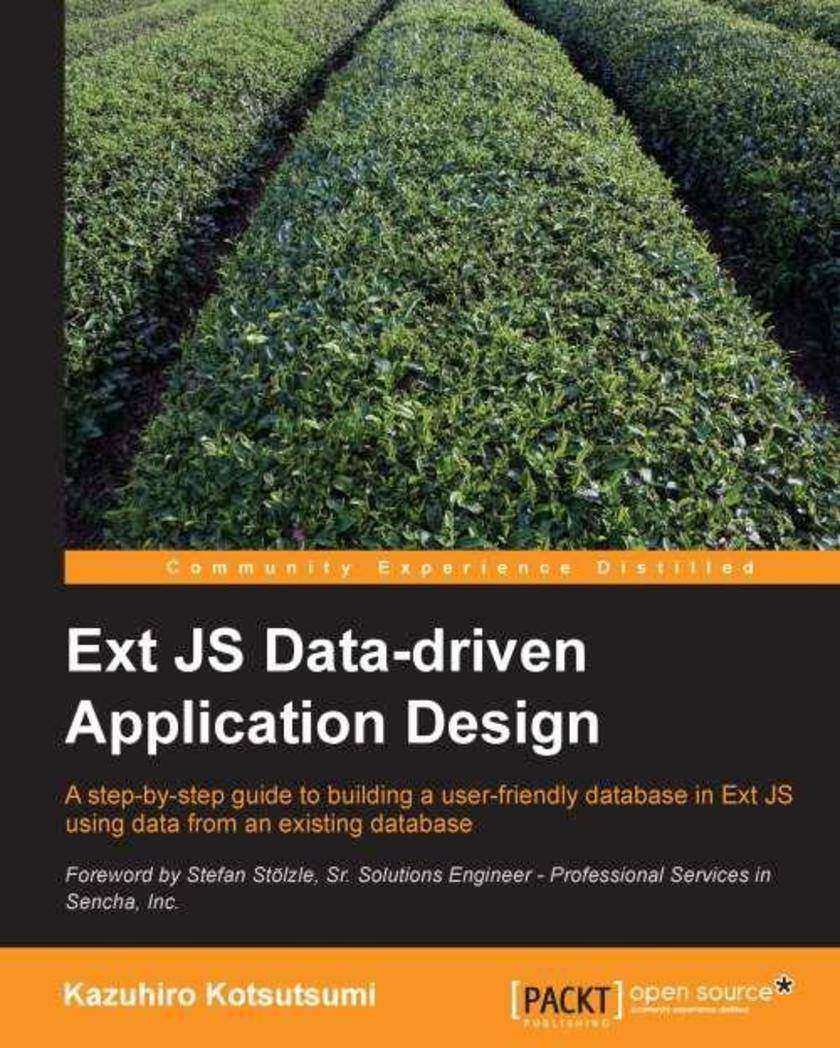
Ext JS Data-Driven Application Design
¥63.21
An in-depth tutorial that teaches you the basics of data-driven applications, and how to design and implement them using Ext JS.If you are an intermediate in Sencha Ext JS, "Ext JS Data-Driven Application Design" is the tutorial for you. You need to be familiar with JavaScript and have basic operational knowledge of MySQL. If you want to be able to systematically construct an application from the first step to implementation, this book will be useful for you.

iPhone Game Blueprints
¥90.46
iPhone Game Blueprints is a practical, hands-on guide with step-by-step instructions leading you through a number of different projects, providing you with the essentials for creating your own iPhone games.This book is for graphic designers, developers, illustrators, and simple enthusiasts, who dream about the creation of mobile games or who have already worked in that domain, but need some additional inspiration and knowledge. This book can be considered as an illustrated handbook, worth having in your game development studio. It can work as a “paper art-director” for your project.

Microsoft Tabular Modeling Cookbook
¥99.18
This book follows a cookbook style with recipes explaining the steps for developing analytic data using Business Intelligence Semantic Models.This book is designed for developers who wish to develop powerful and dynamic models for users as well as those who are responsible for the administration of models in corporate environments. It is also targeted at analysts and users of Excel who wish to advance their knowledge of Excel through the development of tabular models or who wish to analyze data through tabular modeling techniques. We assume no prior knowledge of tabular modeling
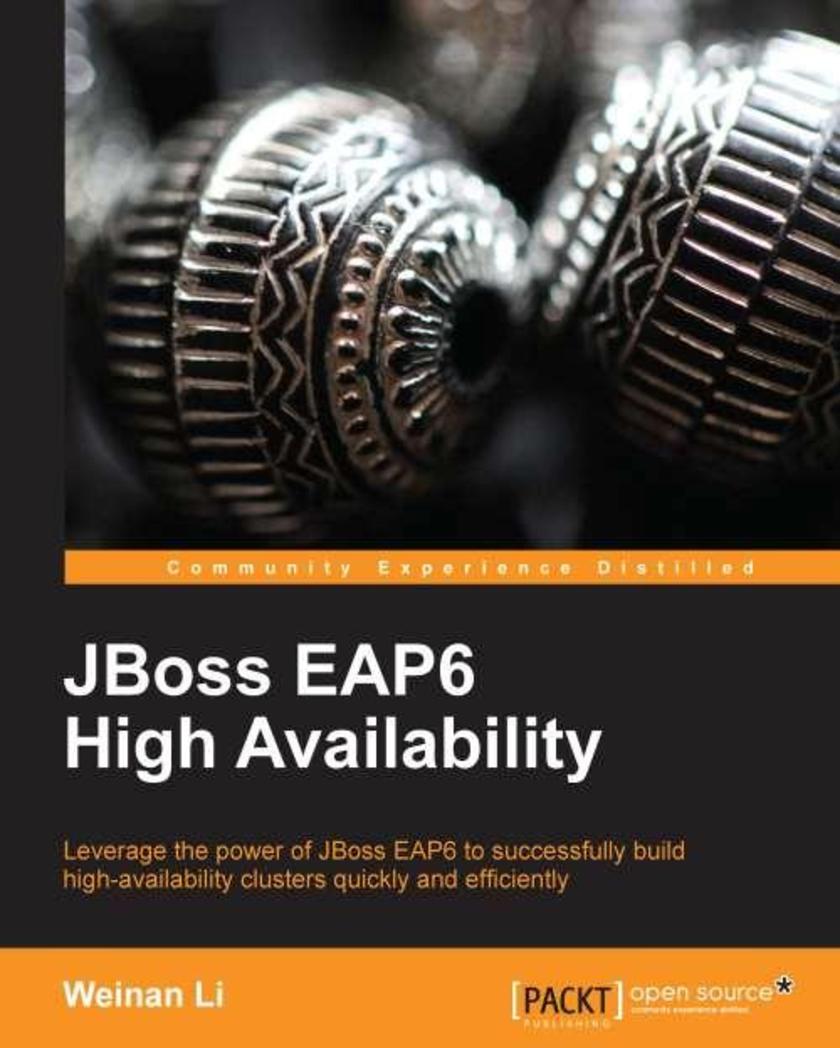
JBoss EAP6 High Availability
¥71.93
An easy-to-follow guide full of hands-on examples of real-world administration tasks.JBoss EAP6 High Availability is ideal for those who want to learn how to use JBoss EAP6 to set up a cluster. Basic knowledge of Linux/Unix is required.
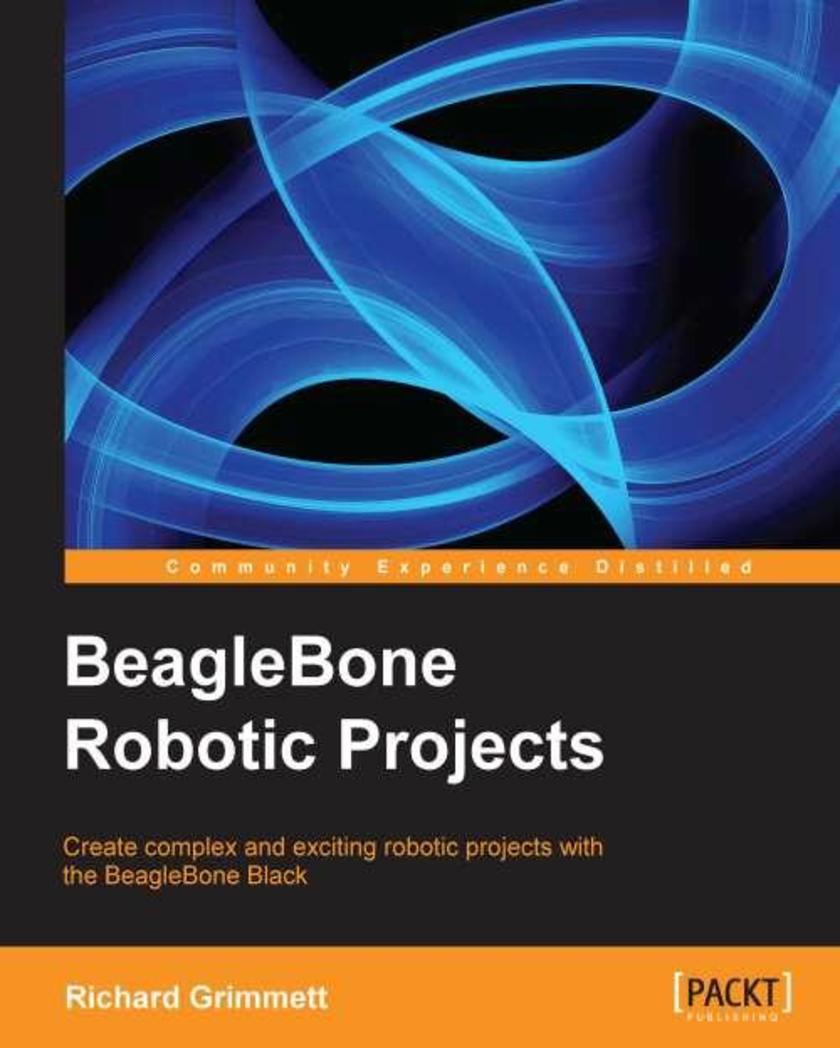
BeagleBone Robotic Projects
¥80.65
Develop practical example projects with detailed explanations; combine the projects in a vast number of ways to create different robot designs, or work through them in sequence to discover the full capability of the BeagleBone Black.This book is for anyone who is curious about using new, low-cost hardware to create robotic projects that have previously been the domain of research labs, major universities or Defence departments. Some programming experience would be useful, but if you know how to use a personal computer, you can use this book to construct far more complex systems than you would have thought possible.
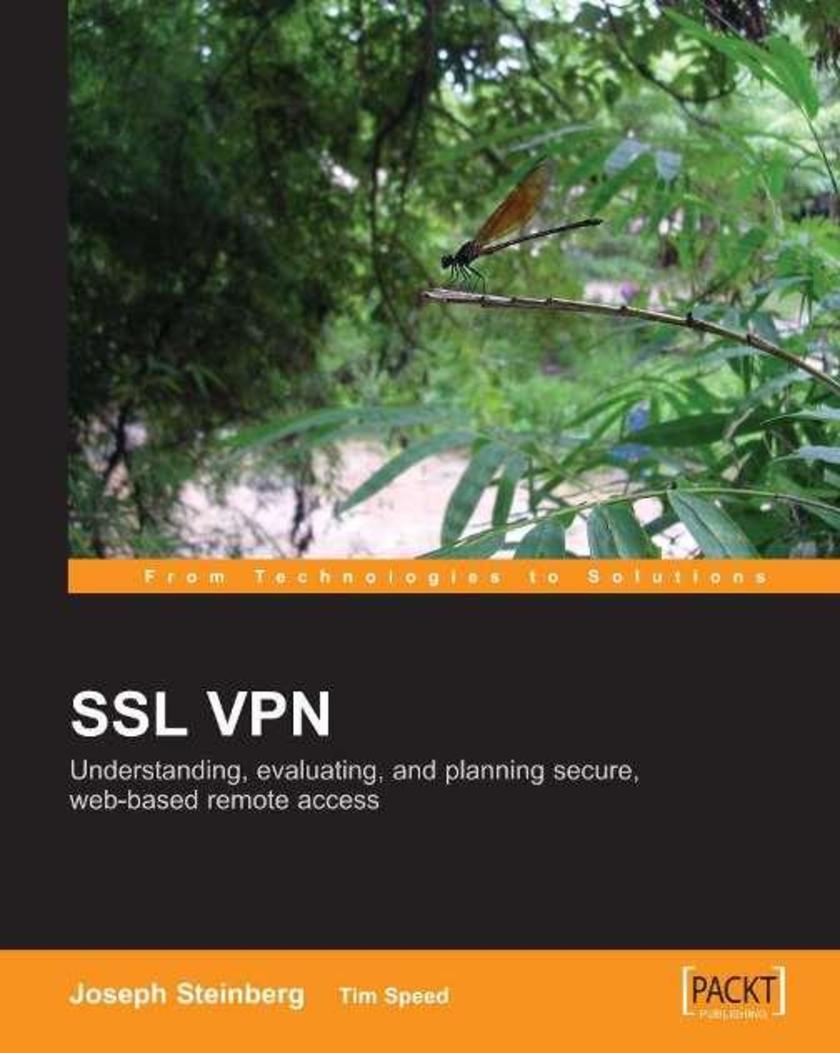
SSL VPN : Understanding, evaluating and planning secure, web-based remote access
¥90.46
The book blends technically rigorous de*ions with a friendly approach based on practical examples and scenarios. The authors write in clear, informal language and make extensive use of diagrams and images. The book begins with an overview of SSL VPN?s purpose, and the technical and business trends that are making it popular today. It then looks at how SSL VPNs work and how they fit into existing network plans. The effect of SSL VPN on the wider business environment is then considered, before looking at how SSL VPN technology is likely to develop in the future. This book aimed at IT network professionals and managers who are currently evaluating SSL VPN technologies. It requires a broad understanding of networking concepts, but does not require specific and detailed technical knowledge of protocols or vendor implementations.

SQL Server Analysis Services 2012 Cube Development Cookbook
¥107.90
A practical cookbook packed with recipes to help developers produce data cubes as quickly as possible by following step by step instructions, rather than explaining data mining concepts with SSAS.If you are a BI or ETL developer using SQL Server Analysis services to build OLAP cubes, this book is ideal for you. Prior knowledge of relational databases and experience with Excel as well as SQL development is required.

Blender Cycles: Lighting and Rendering Cookbook
¥90.46
An in-depth guide full of step-by-step recipes to explore the concepts behind the usage of Cycles. Packed with illustrations, and lots of tips and tricks; the easy-to-understand nature of the book will help the reader understand even the most complex concepts with ease.If you are a digital artist who already knows your way around Blender, and you want to learn about the new Cycles’ rendering engine, this is the book for you. Even experts will be able to pick up new tips and tricks to make the most of the rendering capabilities of Cycles.
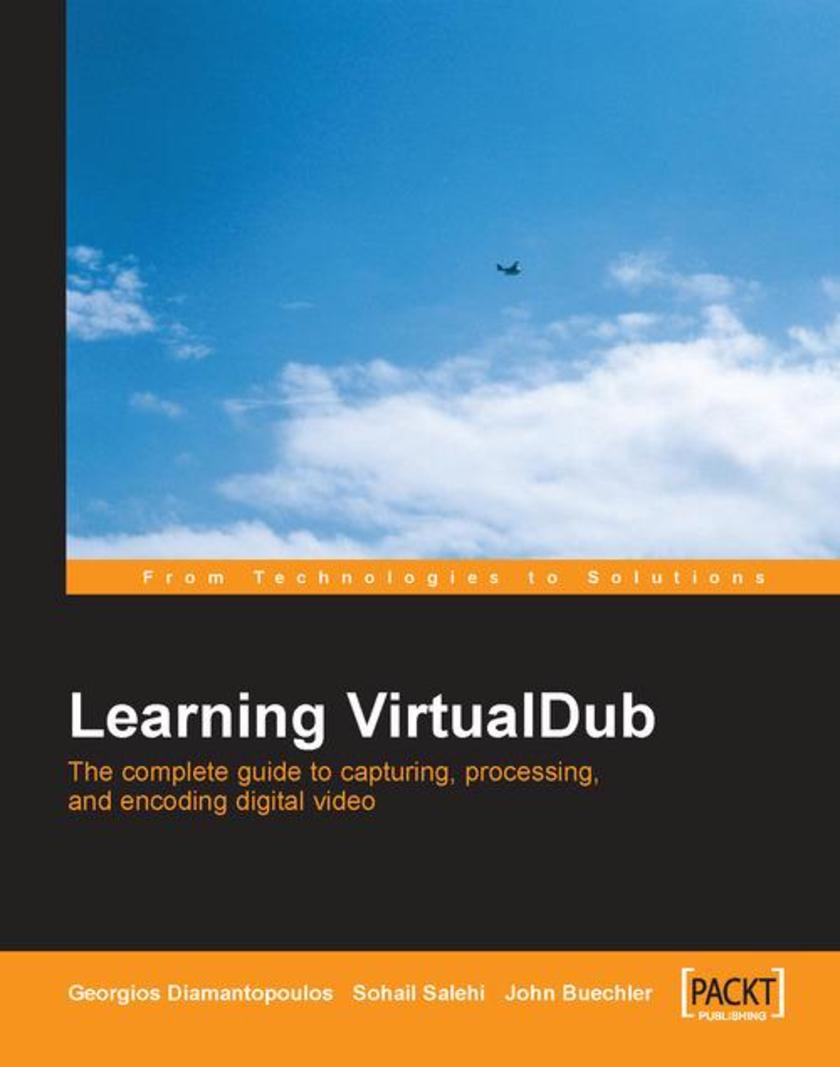
Learning VirtualDub
¥54.49
This book is easy to read and fun. The examples and tutorials are short, focused and interesting. You can dip in and get what you want fast. This book is written by VirtualDub enthusiasts for new and intermediate users. It's ideal if you are just starting with video processing and want a powerful and free tool, or if you've already started with VirtualDub and want to take it further.

F# for Quantitative Finance
¥80.65
To develop your confidence in F#, this tutorial will first introduce you to simpler tasks such as curve fitting. You will then advance to more complex tasks such as implementing algorithms for trading semi-automation in a practical scenario-based format.If you are a data analyst or a practitioner in quantitative finance, economics, or mathematics and wish to learn how to use F# as a functional programming language, this book is for you. You should have a basic conceptual understanding of financial concepts and models. Elementary knowledge of the .NET framework would also be helpful.
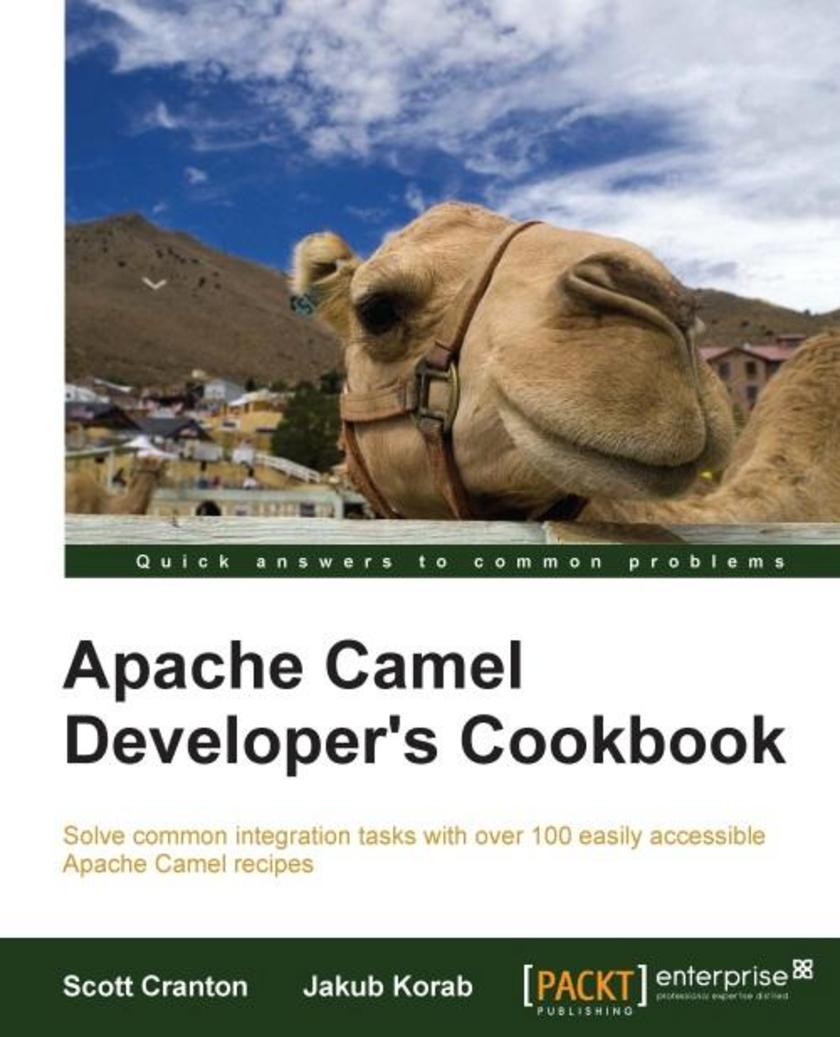
Apache Camel Developer's Cookbook
¥90.46
This book is written in a Cookbook style with short recipes showing developers how to effectively implement EIP without breaking everything in the process. It is concise and to the point, and it helps developers get their data flowing between different components without the need to read through page upon page of theory, while also enabling the reader to learn how to create exciting new projects.Camel Enterprise Integration Cookbook is intended for developers who have some familiarity with Apache Camel and who want a quick lookup reference to practical, proven tips on how to perform common tasks. Every recipe also includes a summary and reference pointers for more details that make it easy for you to get a deeper understanding of the Apache Camel capabilities that you will use day to day.
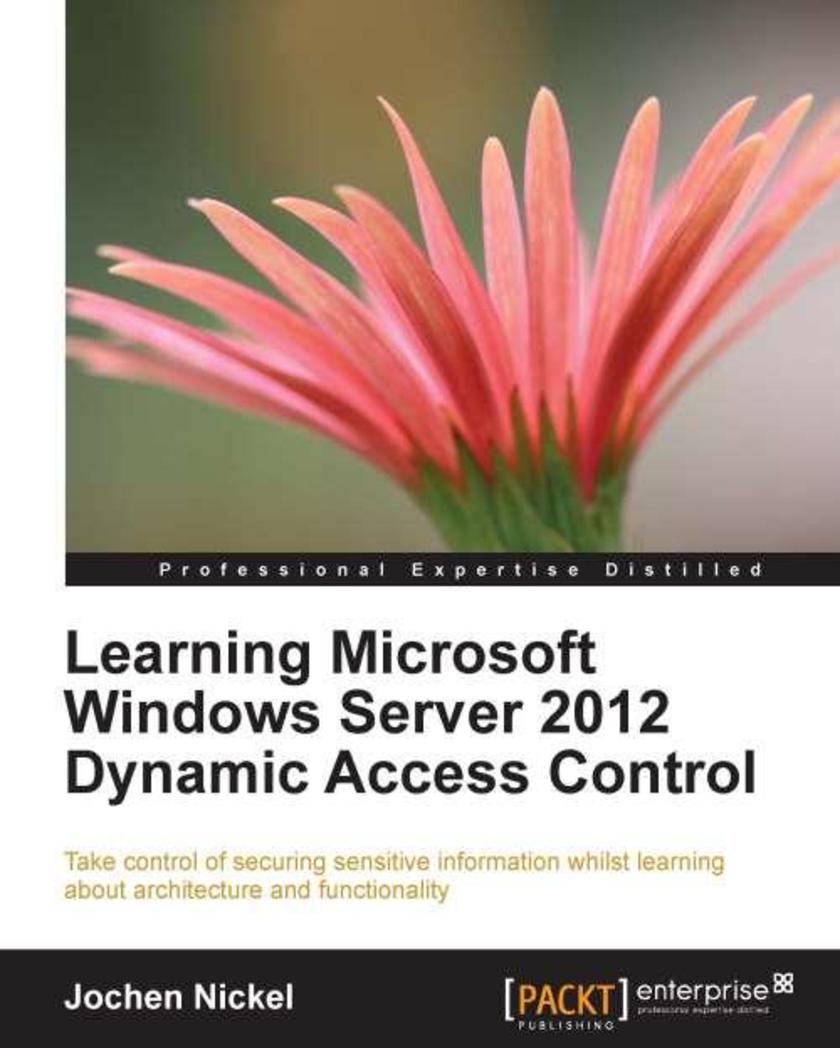
Learning Microsoft Windows Server 2012 Dynamic Access Control
¥63.21
This practical tutorial-based book is filled with information about the architecture, functionality, and extensions of Microsoft Windows Server 2012 Dynamic Access Control.If you are an IT consultant/architect, system engineer, system administrator, or security engineers planning to implement Dynamic Access Control in your organization, or have already implemented it and want to discover more about the abilities and how to use them effectively, this book will be an essential resource. You should have some understanding of security solutions, Active Directory, Access Privileges/ Rights and Authentication methods, and a fundamental understanding of Microsoft technologies. Programming knowledge is not required but can be helpful for using PowerShell or the APIs to customize your solution.
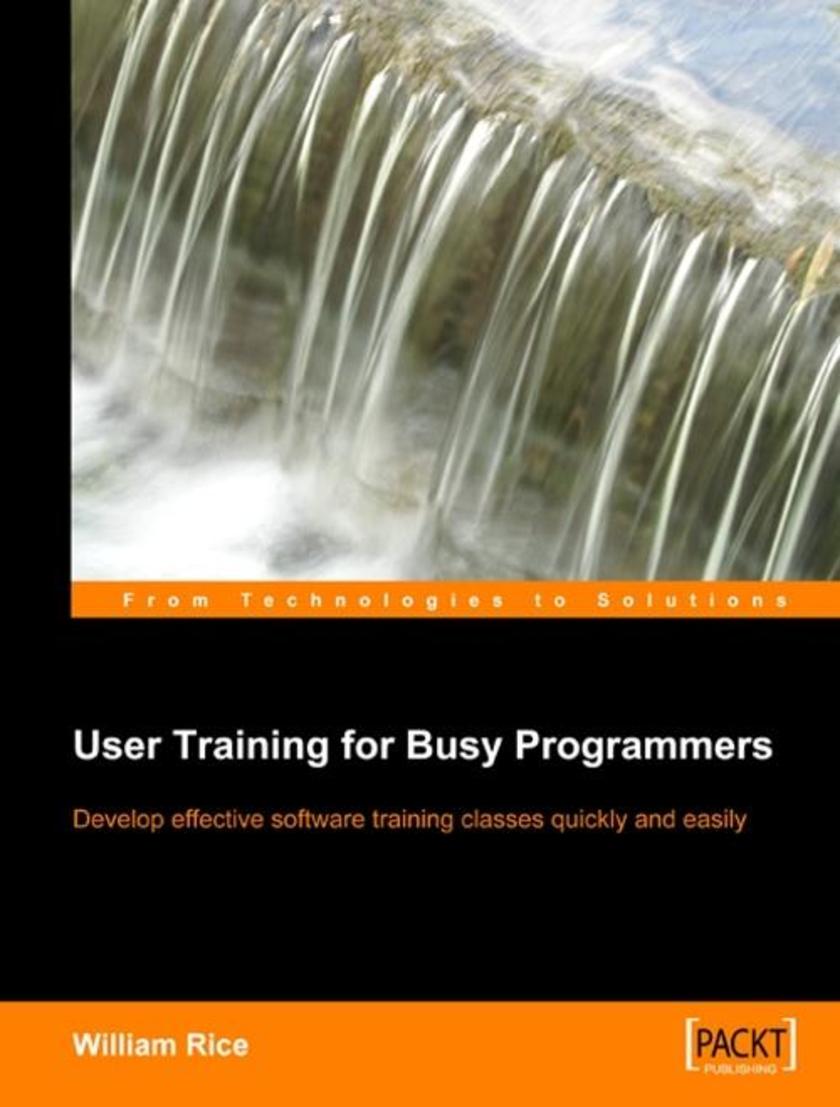
User Training for Busy Programmers
¥23.97
This book is concise and pithy, focusing on action rather than theory. While many books explore the subject of adult learning, User Training for Busy Programmers shows the reader how to apply a proven method in a systematic way enabling busy programmers to produce excellent results without adding too much to their workload. William's approach is to start in the middle and work your way outward. He based this approach on an article he wrote about how to develop user documentation. "I wrote this when I realized that my method for creating user documentation and training under tight deadlines was nothing like what I learned in school. I really expected heavy criticism from other writers and trainers when I published this article, but apparently my heresy was well-received. It's one of the most-linked-to and highest-rated articles on my website. By the time I saw the need for a book that enables non-trainers to develop software training courses, I had thoroughly developed the middle-out approach." Do you need to write a successful software training courseAre you unsure of how to startWould you like a step-by-step project plan to guide you in the development of your software classThis book gets right to the point with clear, concise directions for developing an end-user software course.

UML 2.0 in Action: A project-based tutorial
¥63.21
The book is uniquely practical. A richly textured case study is used throughout the book. Although some aspects of the Airport Passenger Services business process are simplified for sake of clarity and efficiency, it provides a comprehensive practical grounding for theoretical UML knowledge. The case study itself was developed in partnership with employees of Zurich Airport. The book was written for business analysts, technical architects and developers. It does not require detailed programming knowledge, nor is prior experience of UML mandatory. It shows how, with UML, simple models of business processes and specification models can be created and read with little effort.
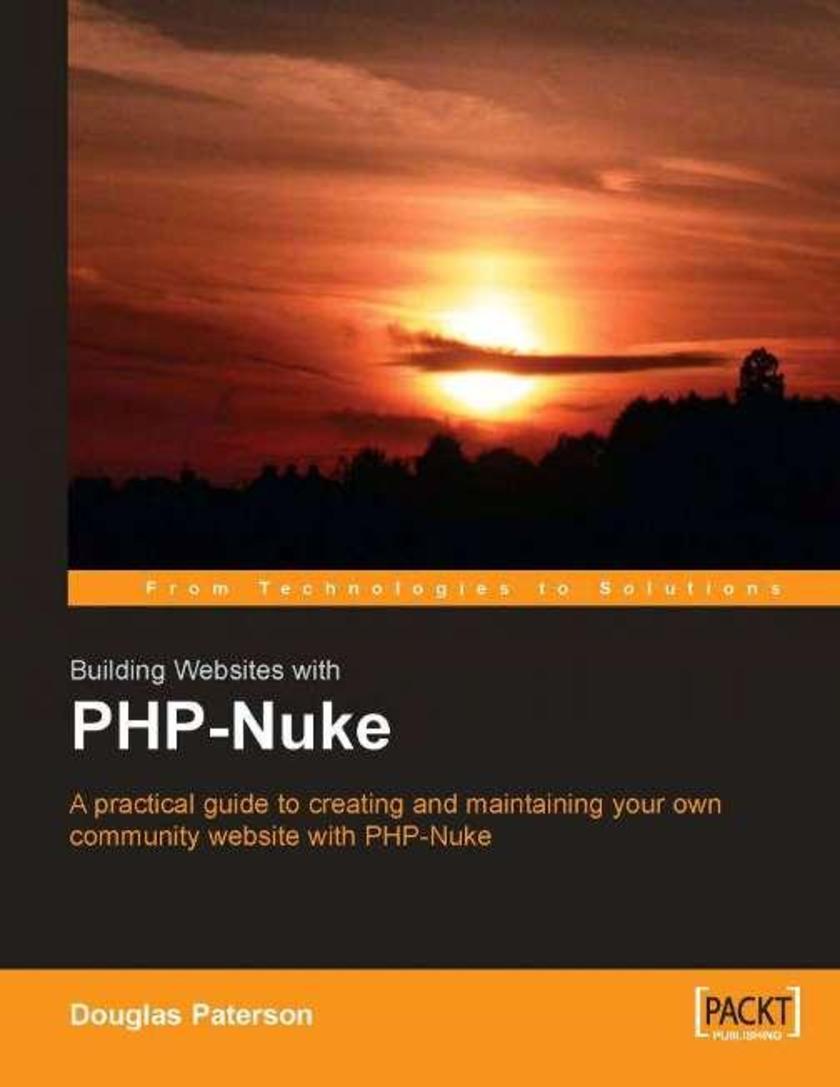
Building Websites with PHP-Nuke
¥63.21
Written in a clear, easy to read style, the book provides a tutorial on setting up a website with PHP-Nuke. Each topic is tackled in a clear, practical way with many examples to consolidate your learning. This book is written to help you create a fully-featured website as quickly as possible. Basic knowledge of HTML will help if you intend to explore customizing your own theme, and a basic knowledge of PHP will help if you want to get the most from the chapters on extending PHP-Nuke.
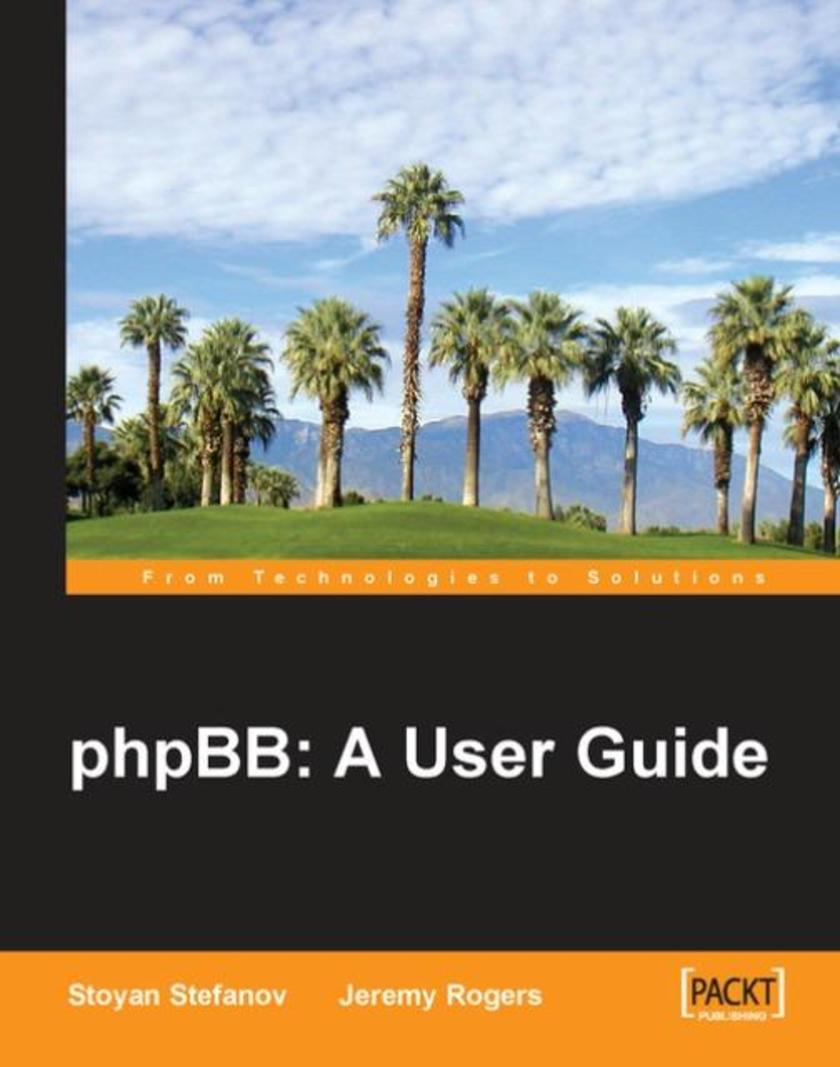
phpBB: A User Guide
¥45.77
This book takes a practical, hands-on approach to phpBB. Packed with sections stepping you through tasks, this book is the ideal guide to learning phpBB. This book is ideal if you are just starting with online communities and want a powerful and free tool. No experience of web programming is required.
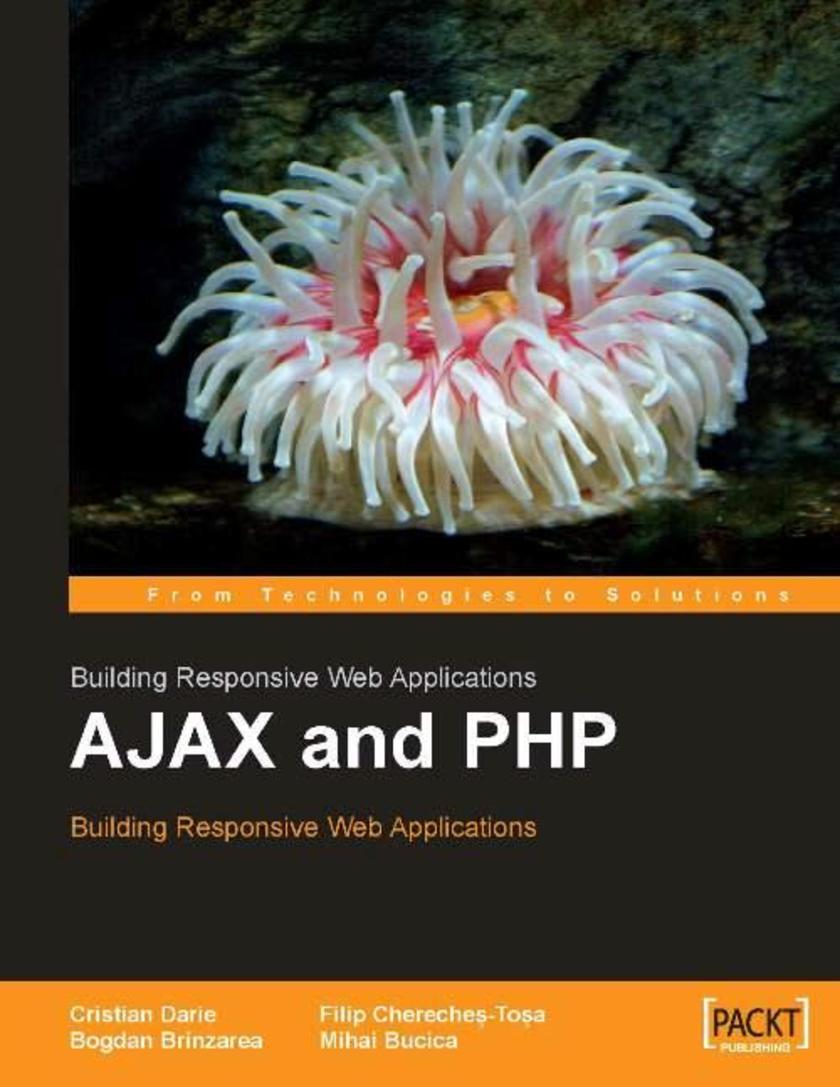
AJAX and PHP: Building Responsive Web Applications
¥63.21
This book is for web developers willing to build better web applications. A basic knowledge of PHP, XML, JavaScript and MySQL, or a strong will to learn-as-you-type, is assumed.

vBulletin: A Users Guide
¥54.49
Using a highly graphical, practical style the experienced authors show you how to get the most out of vBulletin. This book is written for new and intermediate users of vBulletin, who want to manage and maintain a vBulletin discussion forum as easily as possible. No experience of web programming is required.
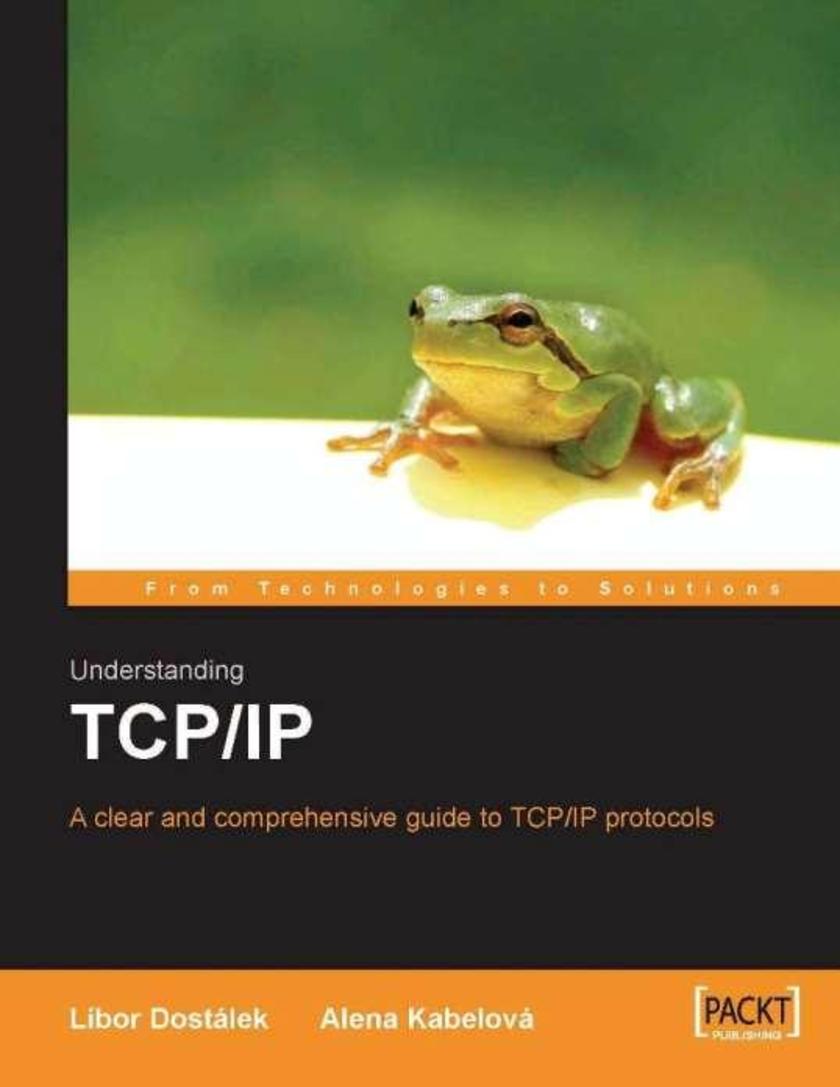
Understanding TCP/IP
¥66.48
This book is suitable for the novice and experienced system administrators, programmers, and anyone who would like to learn how to work with the TCP/IP protocol suite. It can be read even by those who have little background in networking




 购物车
购物车 个人中心
个人中心



